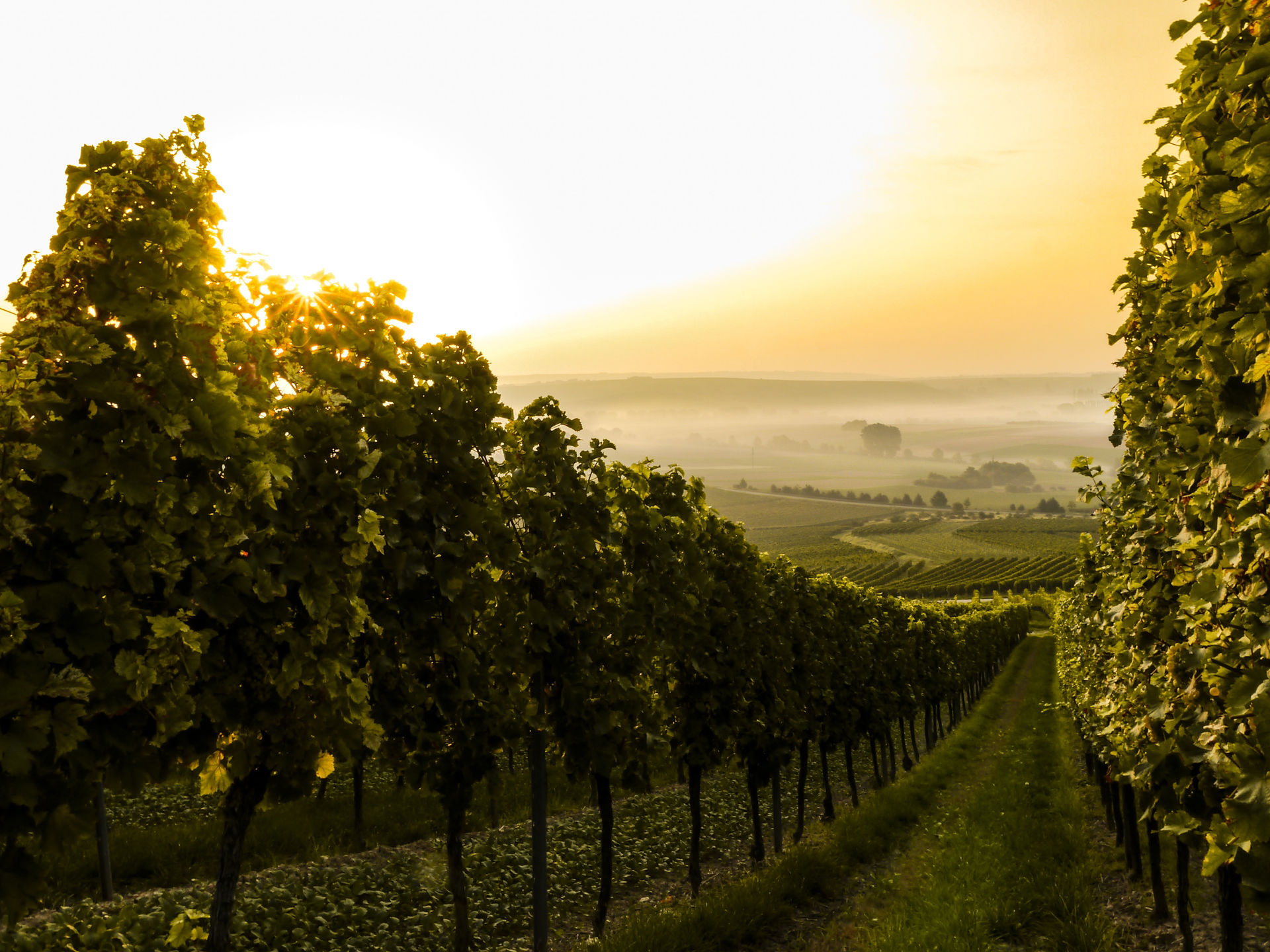Wine’s Backbone: The Terroir
- Deanna Lowe

- May 6, 2020
- 3 min read

I’ve found that when people talk about the process of making wine, they refer to the activities in winemaking like fermentation and aging, probably because it's interesting to discuss. Yet, people forget that wine production starts in the vineyard and its growth is determined by the terroir. If you wonder why liquor stores categorize wine by its country of origin, it has a lot to do with this concept. So today, I’ll bring to light the importance of the terroir on wine.

Terroir is a French term, pronounced as “tehr·waar”, which refers to the environmental factors of a region affecting how wine grapes grow. This includes climate, soil, and terrain. Winemakers understand the importance of the terroir of the region because it determines the characteristics of the wine and the quality of wine that can be produced. As well, some grape varieties thrive better in particular environments, so winemakers are selective in which terroirs they grow their vineyards. Since terroir heavily influences the outcome of the wine harvest, it is a strong predecessor to what techniques to use in the winemaking process and how the wine will turn out.
Climate
The climate element of the terroir determines how fast the grapes ripen, playing a role in sugar content, acidity, tannins, and flavours. I’ve found that regions with hot, humid climates like California, Argentina, and Australia excel in making full-bodied red wines like Cabernet Sauvignon, Merlot, and Shiraz. That’s because the heat brings out the favourable characteristics that make a full-bodied red wine. For example, the higher sugar content in the grapes converts to higher alcohol levels. As well, it accentuates the darker fruit notes and softens the tannins. On the contrary, areas with cooler climates like North France, Germany, New Zealand, and Canada are known for white wines and light-bodied red wines like Riesling, Pinot Noir, Sauvignon Blanc, and Gewürtztraminer. In the cold, grapes ripen slower, resulting in lower sugar content and higher acidity. These wines turn out to have more elegant and fresh features, carrying tart, herbaceous and earthy notes. However, that’s not to say that grape varieties can’t be produced in different climates. It’s simply the outcome of the same wine variety will vary.
Soil
Now let’s get into what’s in the ground. Winemakers must consider the “weather in the soil” which involves the soil’s fertility, drainage, and ability to retain heat. The soil will determine how much water, minerals, and nutrients the grapevines receive. There are techniques that winemakers use to manipulate the soil to make it better for harvesting grapes like irrigation and fertilizer. This enables them to imitate the terroir of other regions, making it easier to grow a wide variety of wines and have better control of the vineyard’s grape production.
Terrain
Lastly, the terrain of the terroir contains the features of the natural landscape like valleys, mountains, bodies of water, and vegetation. The terrain is a determinant of the climate and soil in the region, which is why winemakers tend to favour certain regions and vineyards tend to congregate around the same areas. Similar to finding gold, once someone discovers the sweet spot, lots of people start going to that area to do the same thing.

Controlling The Variables
As the conditions of the terroir differ every year, the production of the wine harvest varies yearly, creating inconsistent wine produce. Winemakers use techniques like mixing wines from different years to create a consistent product for their customers. When you see the year on a wine label, it shows the latest year that the grapes were harvested. So, if a wine is a mix of grapes harvested in 2017 and 2018, then the label will show 2018.
I hope learning the concept of the terroir helps you understand the importance of a region's environment on wine production and be more conscious of what countries your wine is coming from. Terroirs matter, don't forget it!










Comments